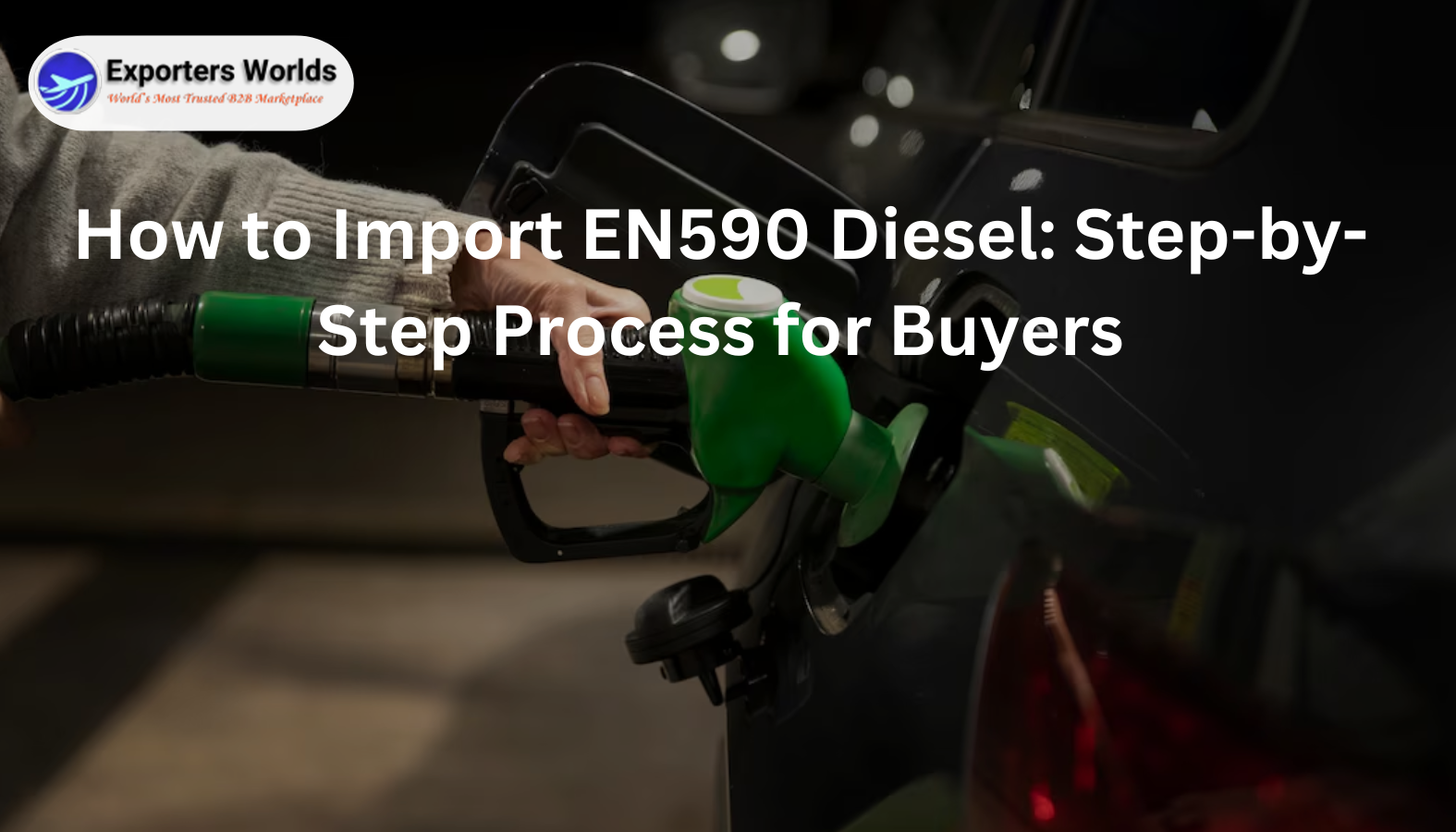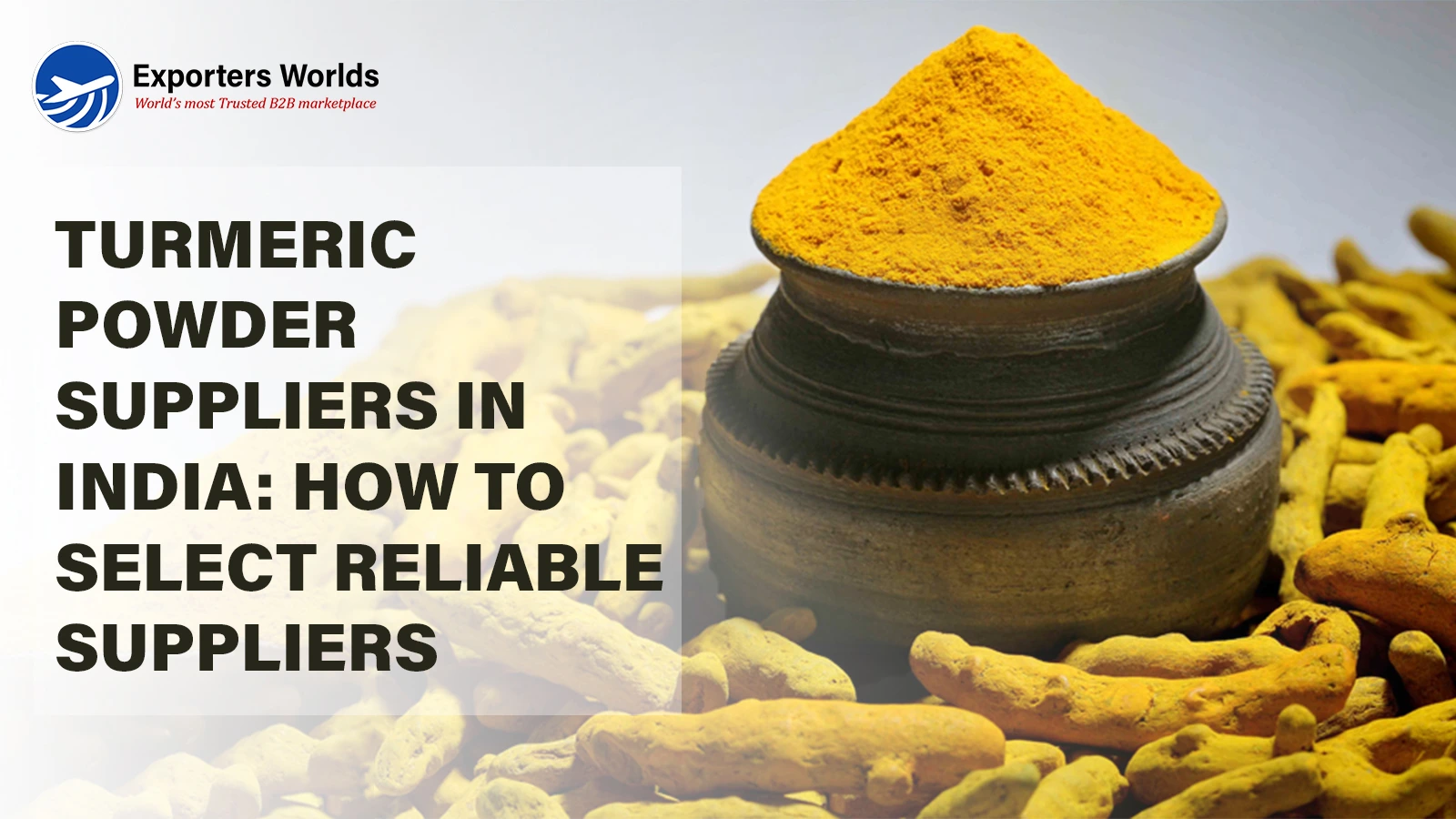How to Import EN590 Diesel: Step-by-Step Process for Buyers

Because of its low sulfur level and adherence to environmental laws, EN590 diesel is the European standard for automobile diesel fuel and is widely utilized. Careful planning, adherence to rules, and cooperation with reputable suppliers are necessary when EN590 diesel suppliers. This manual provides customers with step-by-step guidance to effectively import EN590 diesel.
Step 1: Understand EN590 Diesel Specifications
It is essential to comprehend EN590 diesel specifications prior to importation. Among the salient characteristics are:
- Low emissions are ensured by a sulfur level of about 10 parts per million, or ppm.
- For improved combustion, the cetane number should be at least 51.
- Viscosity and density must adhere to international and EU requirements.
Verifying the standards of the importing country is crucial because different markets may have somewhat different specifications.
Step 2: Identify Reliable EN590 Diesel Suppliers
To guarantee quality and compliance, it is essential to locate a reliable supplier. Think about the following:
- Credibility and reputation: Examine the supplier's credentials, evaluations, and history.
- Verify the certifications' adherence to SGS, ISO, and other pertinent standards.
- Trade references: To ensure dependability, request references from previous customers.
- Agreements and contracts: Obtain a formal contract with precise conditions pertaining to quantity, quality, cost, and delivery.
Step 3: Verify Licensing and Compliance Requirements
The rules for importing fuel vary from nation to nation. Purchasers need to:
- Obtain the import licenses that are required: For information on necessary permits, contact the local authorities.
- Respect safety and environmental regulations: Verify that the fuel satisfies the emission regulations of the import nation.
- Respect tax and duty laws: Recognize the relevant taxes, tariffs, and exemptions pertaining to the import of gasoline.
Step 4: Arrange Logistics and Shipping
The next stage after selecting a supplier and signing contracts is to arrange logistics:
- Choose the shipping option: Usually, pipeline networks, tankers, or ISO containers are used to import EN590 diesel in bulk.
- Select a trustworthy freight forwarder: Collaborate with a seasoned logistics company that specializes in gasoline transportation.
- Make sure the paperwork is correct: Essential documentation for customs clearance include the Safety Data Sheet (SDS), Quality Certificate (SGS or equivalent), Bill of Lading, and Certificate of Origin.
Step 5: Conduct Quality Inspection and Verification
Verifying the fuel's quality prior to shipment is essential. Among the steps are:
- Testing by third parties: Employ a third-party inspection firm such as Intertek, Bureau Veritas, or SGS.
- Laboratory analysis: Check the density, cetane number, sulfur concentration, and other factors.
- Check for compliance: Make sure the gasoline satisfies the requirements specified in the contract.
Step 6: Clear Customs and Pay Import Duties
One of the most important steps in importing EN590 diesel is clearing customs. Among the steps are:
- Send in the necessary paperwork: Display shipment paperwork, quality certifications, import licenses, and invoices.
- Pay the taxes and charges that apply: Each country has different import taxes; make careful to pay on time to prevent delays.
- Collaborate with a customs broker: An experienced broker can expedite the procedure and avert legal problems.
Step 7: Arrange Storage and Distribution
Make plans for distribution and storage after the fuel is allowed entry:
- Facilities for storage: Make sure that safety rules are followed when storing fuel in quantity.
- Distribution network: To get the fuel to final consumers, set up transportation logistics.
- Quality control: To preserve gasoline quality while it is being stored, routine testing should be carried out.
Step 8: Monitor Market Trends and Optimize Costs
In order to maintain competitiveness in the gasoline import industry:
- Track the price of diesel worldwide: To make wise purchases, keep an eye on market developments.
- Reduce the cost of logistics: Choose economical delivery methods and buy in bulk to cut costs.
- Develop a solid rapport with your suppliers: Long-term agreements can guarantee lower prices and consistent supply.
Conclusion
When done properly, importing EN590 diesel is a lucrative but challenging enterprise. Buyers can successfully navigate the gasoline import process by following these steps: comprehending specifications, identifying trustworthy suppliers, guaranteeing compliance, managing logistics, carrying out quality inspections, and effectively handling customs. Sustainability and profitability in the EN590 diesel trade will be further increased by keeping up with market developments and fostering solid business partnerships.




